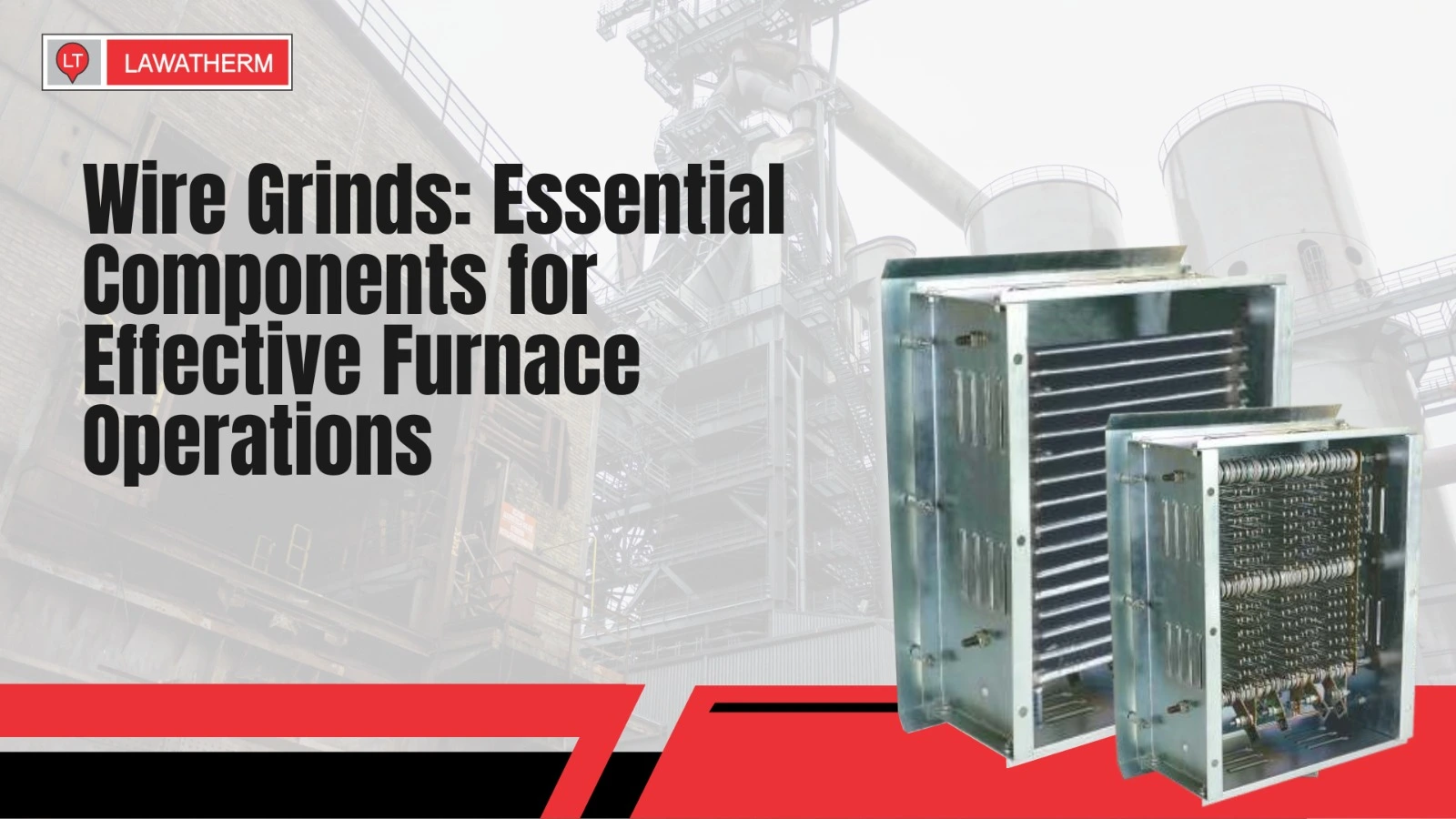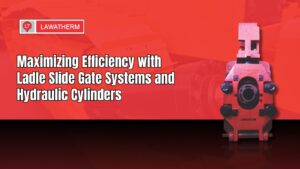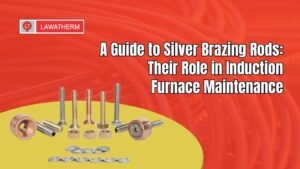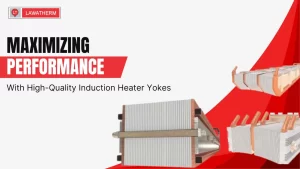If you’re working with an induction furnace, you’re probably focused on the big stuff—melting rates, coil condition, and power settings. Makes sense. But there’s a smaller part that often goes unnoticed: the wire grid.
Now, you might think, does it really matter that much? And honestly, I used to think the same. But once you see what it actually does—and what happens when it starts failing—it’s hard to ignore.
What Wire Grids Actually Do
Inside an induction furnace, the whole system runs on electromagnetic energy. The induction coil generates the field. The wire grid helps manage how that field reaches the metal. It’s not just a passive part sitting there—it’s shaping the heat, guiding it, spreading it.
Without it, or with a low-quality one, heat becomes uneven. Maybe that sounds small, but it’s not. It creates hot spots in your melt. Those can lead to weak points in the steel or other quality issues that aren’t always easy to detect until later. Which is frustrating.
And yeah, it can also drive up your power bills. Because you’re wasting energy. That adds up, especially if you’re running continuous batches.
It Affects More Than You Think
In the steel manufacturing process, consistency is kind of everything. You want a smooth, even melt—no surprises. That’s what the wire grid helps with. It balances the magnetic field so the metal heats evenly.
I remember one shop floor manager saying they didn’t even know their grid was the problem until they replaced it. They thought it was the coil going bad. It turned out the grid was just worn down and not doing its job anymore. After the switch, melt quality jumped. So did the consistency across pours.
Durability Isn’t Just a Bonus
These grids have to survive a rough environment. High heat, non-stop use, sudden shutdowns. A cheap one won’t hold up long. And when it starts breaking down, you might not notice immediately—but the furnace will. You’ll feel it in performance, even if you can’t quite pin down why.
You don’t want to be stuck with repeated replacements or worse—unscheduled downtime. The cost isn’t just in the part. It’s in lost production, wasted energy, and missed targets. Maintenance matters here. Not just when something breaks, but before.
That said, I get it—no one wants to over-maintain. But periodic checks can save you from the kind of failure that spirals.
Choosing One Isn’t Always Simple
There isn’t one wire grid that fits every furnace. Furnace size, material being melted, your operating temperatures—they all factor in. Some grids are better for longer heat cycles. Some for short bursts. It’s not just plug and play.
At Lawatherm, we try to ask questions first. What are you melting? What’s your power range? How often do you run? That helps us recommend furnace spare parts that actually match your setup, not just look good on paper.
A Small Part, Big Impact
Sometimes, it’s the little things. That’s not a sweeping statement—just something I’ve seen play out more than once. The wire grid doesn’t call attention to itself, but when it’s not working right, everything else starts to feel off.
With a good one in place, your furnace runs smoother. Steel comes out cleaner. You use less power. And maybe more importantly, you stop having to second-guess whether your equipment’s causing the problem.
Lawatherm supplies induction furnace components that are built to handle this kind of wear. If you’ve been replacing grids more than you’d like—or just unsure whether yours is doing the job—it might be time for a closer look.




